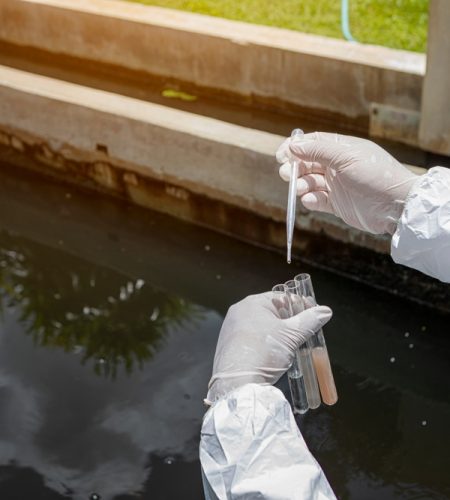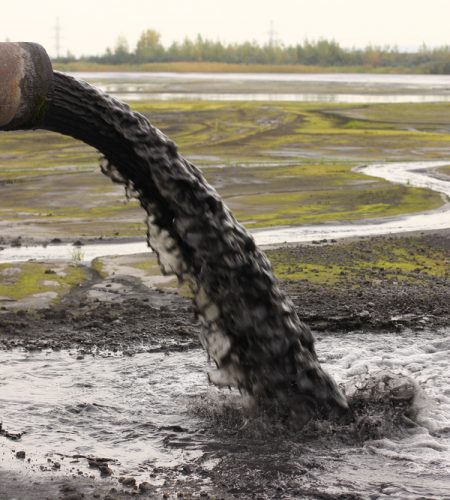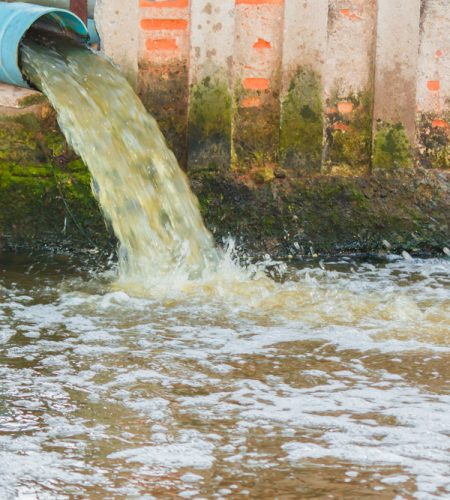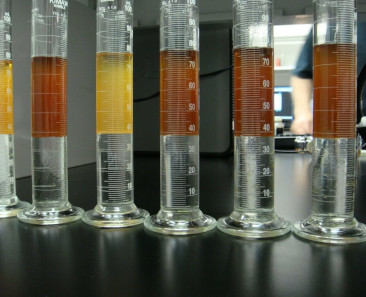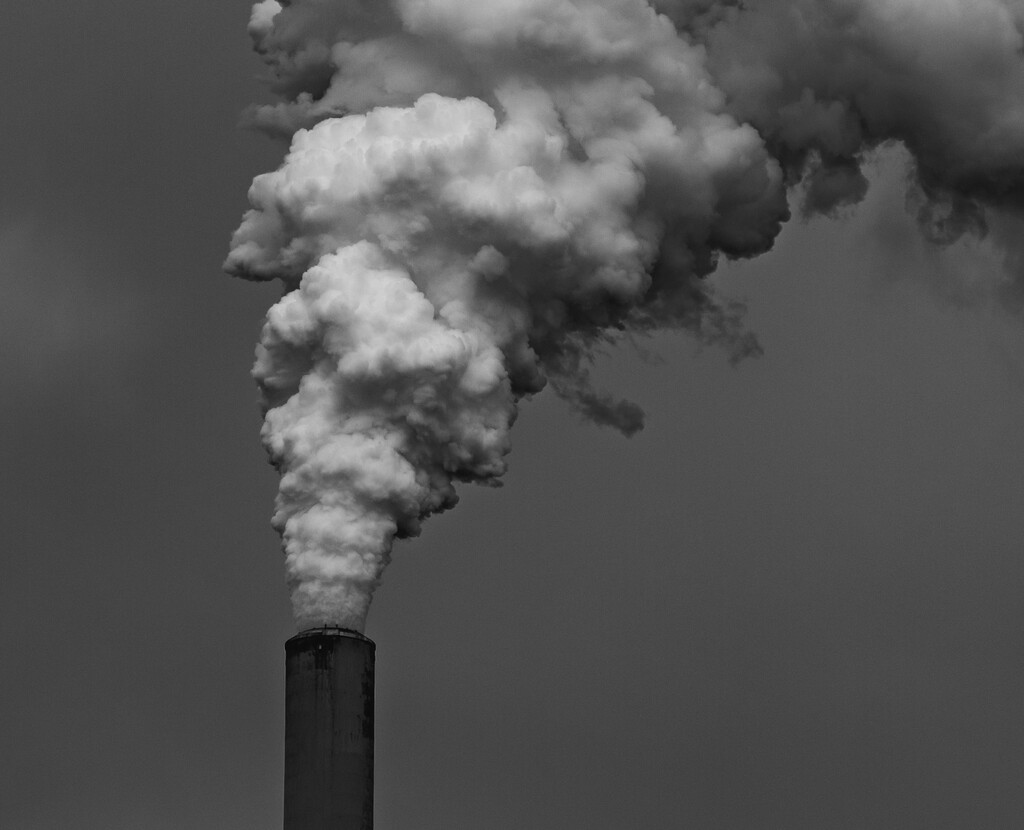Significance of Water & Effluent Testing at Airflo Sciences
At Airflo Sciences, the profound significance of Water and Effluent Testing underscores our commitment to environmental stewardship and public health. Understanding the critical importance of water quality, we employ rigorous testing methodologies to analyze and monitor effluents.
Environmental Protection
Public Health Safeguarding
Prevention of Nutrient Pollution
Community and Stakeholder Trust
Monitoring Emerging Contaminants
Key Aspects of Water & Effluent Testing at Airflo Sciences
Airflo Sciences specializes in comprehensive water and effluent testing solutions, addressing pollutants in wastewater from various industries. Our services support wastewater treatment plant operators and owners, providing treatment and analysis based on the specified parameters outlined below.
Physical Parameters
pH (Hydrogen Ion Concentration): Measures the acidity or alkalinity of the water, which can impact chemical processes and the health of aquatic ecosystems.
Temperature: Assesses the thermal characteristics of water, influencing the dissolved oxygen levels and overall aquatic habitat.
Turbidity: Evaluates water clarity by measuring the presence of suspended particles, which can affect light penetration and aquatic plant growth.
Conductivity: Measures the ability of water to conduct an electrical current, providing insights into dissolved ion concentrations.
Total Dissolved Solids (TDS): Quantifies the total amount of dissolved inorganic and organic substances in water, indicating water quality.
Chemical Parameters
Nutrients (Nitrogen and Phosphorus Compounds): Analysis of ammonia, nitrate, nitrite, and phosphate levels, which are critical for understanding nutrient enrichment and potential eutrophication.
Heavy Metals: Detection and quantification of metals such as lead, mercury, cadmium, and chromium, which can be harmful to aquatic life and human health.
Organic Compounds: Analysis of pollutants like pesticides, herbicides, and industrial chemicals that may be present in water.
Disinfection Byproducts: Monitoring of byproducts formed during water disinfection processes, ensuring compliance with regulatory limits.
Bacterial Contamination: Detection of coliform bacteria, including Escherichia coli (E. coli), as indicators of fecal contamination and potential waterborne pathogens.
Biological Parameters
Biochemical Oxygen Demand (BOD): Measures the amount of oxygen consumed by microorganisms during the decomposition of organic matter, indicating organic pollution levels.
Total Coliforms and Fecal Coliforms: Additional indicators of bacterial contamination, especially in relation to human and animal waste.
Algal and Phytoplankton Abundance: Identification and quantification of algae and phytoplankton populations, influencing water quality and ecological balance.
Why Choose Airflo Sciences for Water & Effluent Testing
We are one of Kenya’s largest and most dependable water testing laboratories. Our personnel are well-versed in providing services as needed. Our testing facilities are outfitted with cutting-edge technology, and our analytical services are backed by skilled and experienced personnel.
